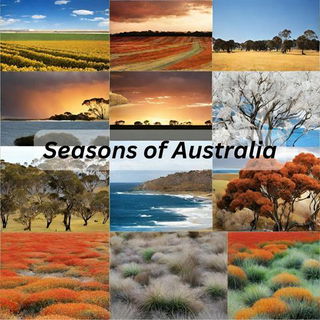Labour Day, also known as the Eight Hours Day, is commemorated on different dates in different Australian states. It is a public holiday but the date differs from state to state as given below.
| Date | Place |
|---|---|
| 3 March (First Monday in March) | Western Australia (WA) |
| 10 March (Second Monday in March) | Victoria, Tasmania |
| 24 March (Fourth Monday in March) | Christmas Island |
| 5 May (First Monday in May) | Queensland, Northern Territory |
| 6 October (First Monday in October | Australian Capital Territory (ACT), New South Wales, South Australia |
Labour Day is a day to commemorate the 8-hour work workday that was achieved in the mid-19th century by organised labour unions. Before that, workers were required to work for 11 to 12 hours 6 days a week.

Complete History of Labour Day in Australia
On April 21, 1856, the first protest or march for an 8-hour working day was organized in Melbourne. This was 26 years before labour unions made such a demand in the United States.
Many stonemasons, building workers and other labourers who worked near the building sites in Melbourne marched from the University of Melbourne to Parliament House.
As a result, they were granted an eight-hour workday with no payment loss. All in all, a successful revolution that changed the course of history.
The implementation of the eight-hour workday in Australia was a gradual change. While the stonemasons in Melbourne successfully won the eight-hour day in 1856, this victory initially applied only to specific trades and was limited to certain locations, particularly in the building industry.
The movement spread slowly across different industries and regions in Australia.
During the march, many were carrying banners that showed the symbol "888" which represented 8 hours of work, 8 hours of recreation and 8 hours of rest.
"8 Hours Work 8 Hours Recreation 8 Hours Rest"
- Coined by Robert Owen (English Socialist)
Prior to this, working conditions in Australia were significantly bad. There were no sick leaves, no holidays and employees could be fired at any moment without any consequences.
Sydney had also witnessed a similar protest before this. However, while they were granted the 8-hour workday, their wage was also reduced. Regardless, this stride for better employment conditions in Sydney cannot be ignored.
It was in August of 1855 in Sydney when the Stonemasons Society issued an ultimatum to their employers demanding the decrease to 8 hours workday. The timing was crucial because of the gold rush, the increase in the population, the rise of new buildings and the shortage of workers.
Significance of Labour Day
Labour Day in Australia is all about celebrating workers and their hard-won rights, especially the push for the eight-hour workday. The victory earned by Australian workers set revolutionized not just Australia but the entire world.
For Australians today, Labour Day is more than just a day off. It's a reminder of the progress made in improving working conditions and how important fair labor rights are to society. Although each state celebrates it on a different day, the meaning remains the same- honoring the hard work that built the nation and shaped its economy.
Labour Day Celebration Across Australia
Many people get a day off on Labour Day. Besides this, grand parades and marches are held in cities such as Melbourne, Brisbane and Sydney. It is done with union members to show solidarity and celebrate the achievements of the labour movement.
Many communities hold festivals, barbecues, and family-friendly events, providing a chance for people to relax and socialize. Besides this, Australians often spend the day outdoors, with many choosing to go to the beach, parks, or attend sports events.
Work Hours in Present-day Australia
According to the National Employment Standards of Australia, full-time employees cannot work more than 38 hours per week. They can work additional hours under 'reasonable circumstances' which are described in the Fair Work Act.
Future Labour Day Dates
2026
| Date | Place |
|---|---|
| March 2 | Western Australia |
| March 9 | Victoria, Tasmania |
| March 23 | Christmas Island |
| May 4 | Queensland, Northern Territory |
| October 5 | Australian Capital Territory, New South Wales, South Australia |
Recommended For You:











